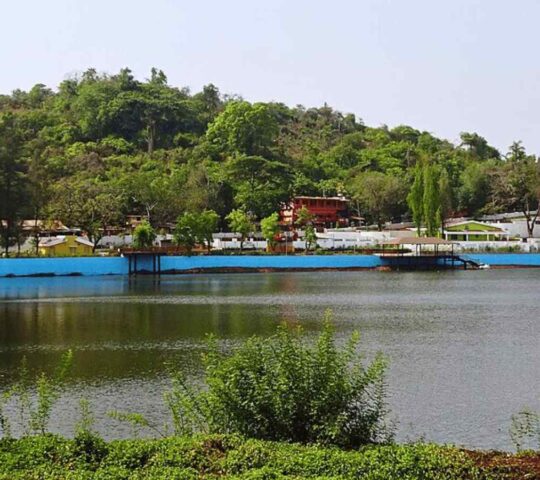Hightlight
-
 Car parking
Car parking
-
 Non smoking
Non smoking
Established around 1542 by Saint Francis Xavier, St. Paul’s College in Old Goa emerged as a cornerstone of Jesuit education in Asia. This esteemed institution was renowned for its comprehensive curriculum, offering classes in grammar and rhetoric, and housing an extensive library, which was among the largest in Asia during its time. The college played a pivotal role in fostering education and facilitating cultural exchanges in Portuguese India, significantly influencing missionary activities and local governance.
Introduction of the Printing Press
A landmark achievement of St. Paul’s College was the introduction of India’s first printing press in 1556. This pioneering endeavor led to the publication of several significant works. The advent of the printing press at the college marked a transformative period in the dissemination of knowledge and literature throughout the region.
Decline and Legacy
The original edifice of St. Paul’s College faced challenges over time, notably being abandoned in 1578 due to a plague outbreak. Subsequent deterioration led to the demolition of the remaining structures in 1832. Today, the sole remnant of this once-grand institution is the Gate of the College of St. Paul, located south of St. Cajetan’s Church. This arch, constructed from laterite and flanked by basalt columns, stands as a protected monument, symbolizing the enduring legacy of the college.
Visiting the Site Today
For visitors interested in exploring this historical landmark, the Gate of the College of St. Paul offers a tangible connection to Goa’s rich educational and cultural past. Situated in Old Goa, approximately 10 kilometers east of Panaji, the site is accessible to tourists year-round. While the original college buildings no longer exist, the gate serves as a poignant reminder of the institution’s significant contributions to education and cultural exchange in the region.





